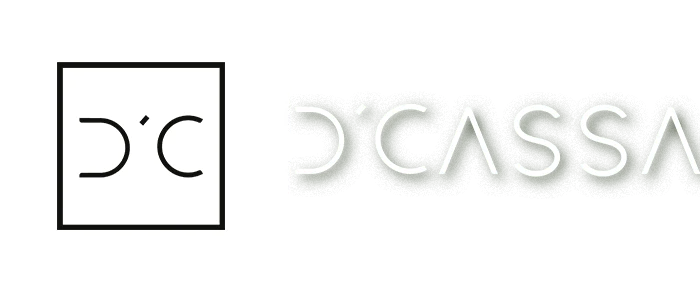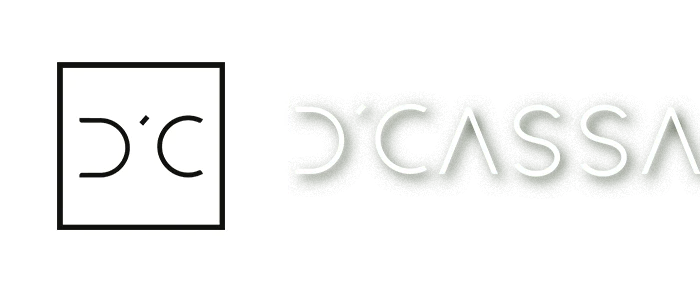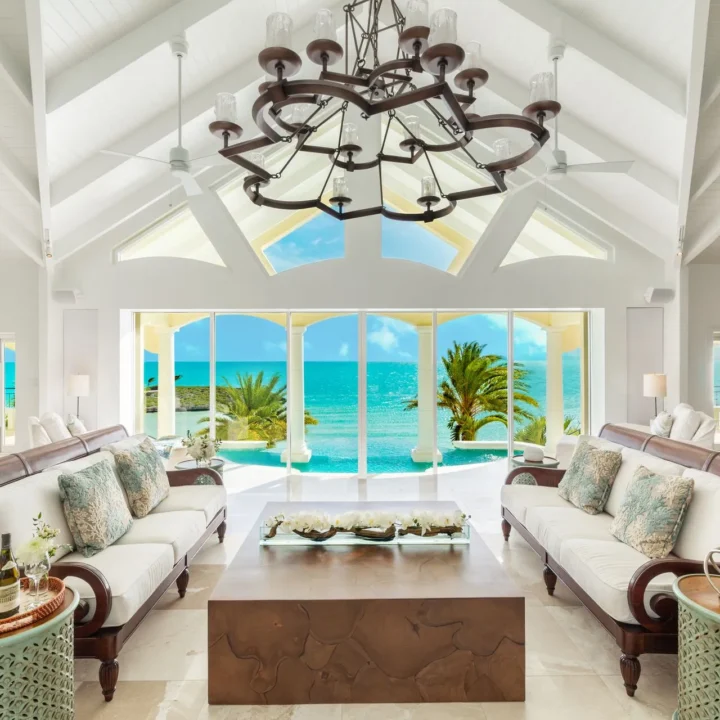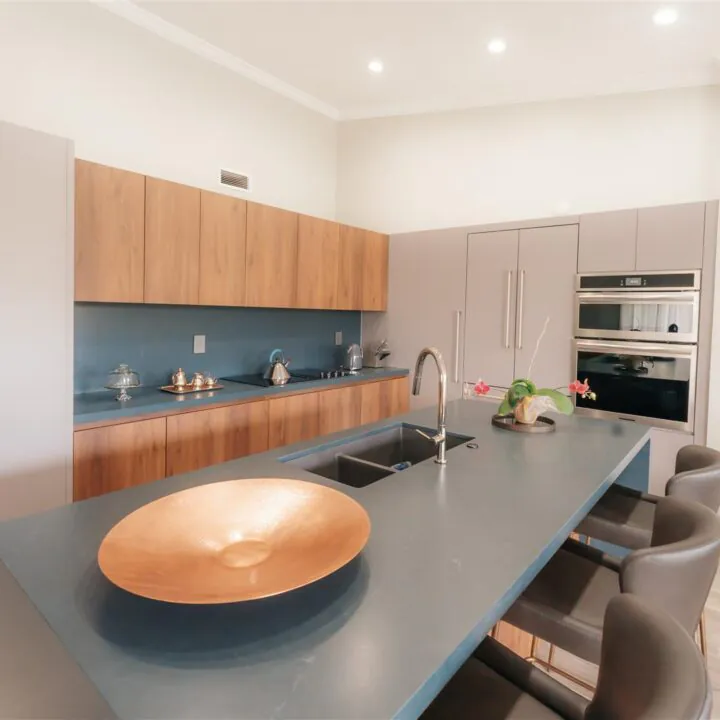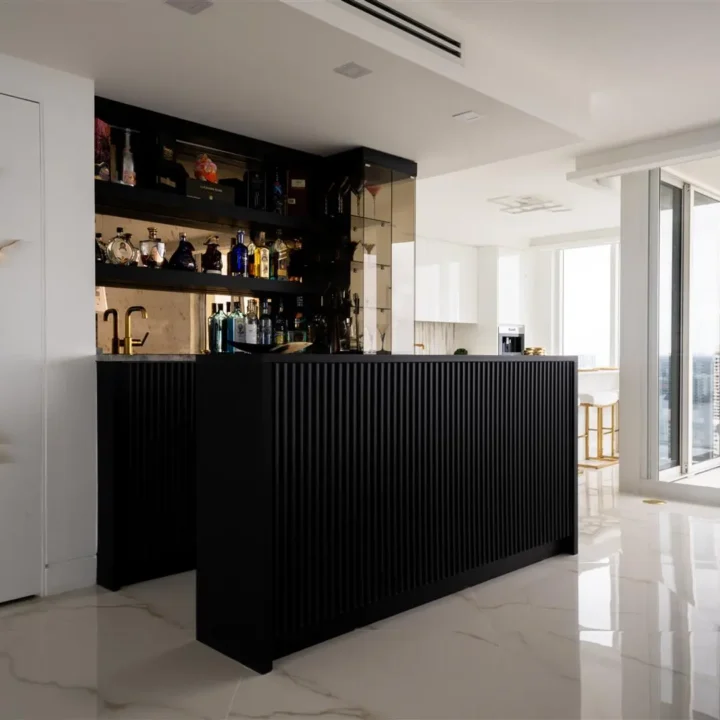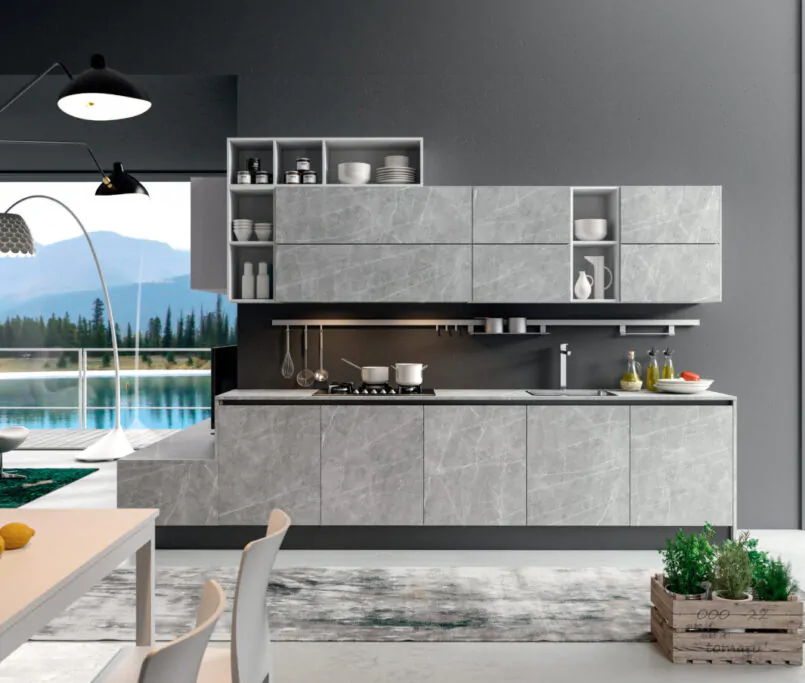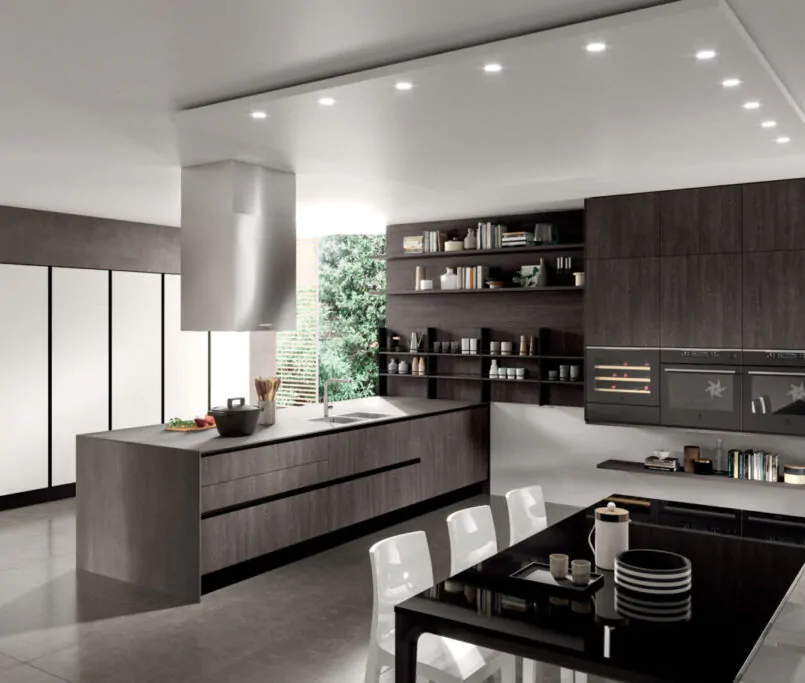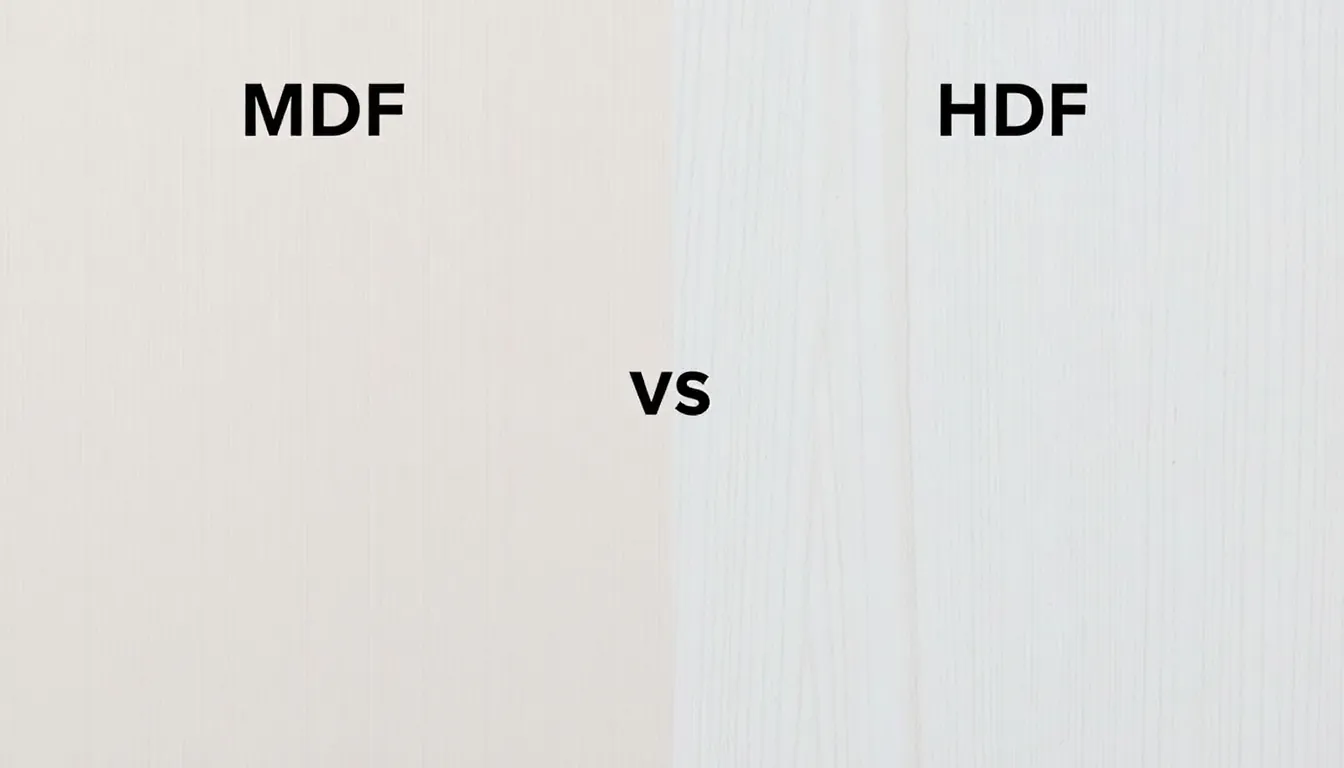
When it comes to building cabinets, choosing the right material is crucial. MDF (Medium Density Fiberboard) and HDF (High Density Fiberboard) are two popular options, each with its own unique features. In this article, we will explore the key differences between MDF and HDF, helping you make an informed decision for your cabinetry needs.
Key Takeaways
-
MDF is made from wood fibers glued together, while HDF is denser and stronger.
-
MDF is usually cheaper than HDF, making it a budget-friendly choice.
-
HDF is more durable, making it a better option for heavy-use areas.
-
Both MDF and HDF can be finished in various ways to match your style.
-
Consider your needs and budget when choosing between MDF and HDF for your cabinets.
Introduction to MDF and HDF

What is MDF?
MDF, or Medium Density Fiberboard, is a type of engineered wood made from wood fibers, wax, and resin. It is known for its smooth surface and versatility. MDF is often used in cabinetry because it can be easily shaped and painted.
What is HDF?
HDF, or High Density Fiberboard, is similar to MDF but is denser and stronger. It is made using a similar process but with more pressure, resulting in a tougher material. HDF is often preferred for areas that require more durability.
Common Uses in Cabinetry
Both MDF and HDF are popular choices in cabinetry. Here are some common uses:
-
MDF is often used for cabinet doors and decorative elements.
-
HDF is typically used in high-traffic areas due to its strength.
-
Both materials can be finished in various ways to match different styles.
|
Material |
Density |
Common Uses |
|---|---|---|
|
MDF |
Medium |
Cabinet doors, furniture |
|
HDF |
High |
Flooring, high-traffic cabinets |
Choosing between MDF and HDF depends on your specific needs. Consider factors like MDF vs. HDF durability and MDF vs. HDF strength when making your decision.
Understanding the difference between MDF and HDF is crucial for selecting the right material for your furniture and cabinetry projects. Both have their unique benefits, making them suitable for different applications.
Material Composition and Manufacturing Process
How MDF is Made
MDF, or Medium Density Fiberboard, is created by breaking down wood fibers into small pieces. These fibers are then mixed with wax and resin, which helps bind them together. The mixture is compressed under high heat and pressure to form sheets. This process results in a smooth and dense board that is ideal for cabinetry.
How HDF is Made
HDF, or High Density Fiberboard, is similar to MDF but is made with a different process. It uses finer wood fibers and is compressed at even higher pressures. This makes HDF denser and stronger than MDF. The manufacturing steps include:
-
Breaking down wood into fine fibers.
-
Mixing with adhesives and additives.
-
Pressing into sheets under high pressure.
Key Differences in Composition
The main differences between MDF and HDF lie in their density and strength. Here’s a quick comparison:
|
Feature |
MDF |
HDF |
|---|---|---|
|
Density |
Lower |
Higher |
|
Strength |
Moderate |
High |
|
Common Uses |
Furniture, cabinets |
Flooring, high-end cabinets |
MDF is often chosen for its cost-effectiveness, while HDF is preferred for its durability and strength.
Both materials have their unique benefits, making them suitable for different cabinetry projects, such as the elegance of matte lacquer finishes in the eulalia kitchen project or the modern custom cabinetry seen in the cooper city spa project.
Durability and Strength Comparison
MDF Durability
MDF, or Medium Density Fiberboard, is known for its smooth surface and ability to resist warping. However, it is not as strong as HDF. Here are some key points about MDF durability:
-
Less resistant to moisture compared to HDF.
-
Can sag under heavy weight.
-
Suitable for indoor use only.
HDF Durability
HDF, or High Density Fiberboard, is stronger and more durable than MDF. It can handle more weight and is better for high-traffic areas. Key points include:
-
More resistant to moisture and humidity.
-
Less likely to warp or sag.
-
Ideal for both indoor and outdoor use.
Impact on Cabinet Longevity
When choosing between MDF and HDF for cabinets, consider the following:
-
MDF may need replacement sooner due to its lower durability.
-
HDF cabinets can last longer, making them a better investment.
-
The choice of material affects the overall strength and lifespan of your cabinetry.
Choosing the right material is crucial for ensuring that your cabinets remain functional and beautiful for years to come.
|
Material |
Durability |
Moisture Resistance |
Weight Capacity |
|---|---|---|---|
|
MDF |
Moderate |
Low |
Low |
|
HDF |
High |
High |
High |
Cost Implications for MDF and HDF Cabinets
Price of MDF Cabinets
MDF cabinets are generally more affordable than HDF options. Here’s a quick comparison of average prices:
|
Type of Cabinet |
Average Price (per square foot) |
|---|---|
|
MDF |
$2 – $5 |
|
HDF |
$4 – $8 |
MDF for cabinets is often chosen for budget-friendly projects, making it a popular choice for many homeowners.
Price of HDF Cabinets
HDF cabinetry tends to be pricier due to its high-density fiberboard (HDF) composition, which offers better durability. Here are some factors that influence the cost:
-
Material Quality: Higher quality HDF can increase the price.
-
Design Complexity: Intricate designs may cost more.
-
Brand Reputation: Well-known brands often charge a premium.
Factors Influencing Cost
When deciding between MDF and HDF, consider these points:
-
Durability Needs: HDF is stronger and lasts longer.
-
Budget: MDF is cheaper but may not last as long.
-
Aesthetic Preferences: HDF offers more finishing options.
Choosing between MDF and HDF for cabinets can significantly impact your overall budget and satisfaction with the final product. Think about your needs and preferences before making a decision.
In summary, while HDF cabinet advantages include durability and design flexibility, MDF cabinet materials are often more cost-effective. Understanding the HDF vs. MDF cost differences can help you make the best choice for your project, whether it’s for HDF for kitchen cabinets or other cabinetry needs. Consider the pros and cons of MDF cabinets and pros and cons of HDF cabinets to find what works best for you.
Aesthetic and Design Flexibility
Finishing Options for MDF
MDF is known for its smooth surface, making it ideal for various finishes. Here are some popular options:
-
Paint: MDF takes paint well, allowing for vibrant colors.
-
Laminate: This can give a sleek look and is easy to clean.
-
Veneer: A thin layer of real wood can be applied for a natural finish.
Finishing Options for HDF
HDF also offers great finishing choices, but with some differences:
-
High-Gloss Finishes: These can create a modern and shiny appearance.
-
Textured Surfaces: HDF can be made to look like wood grain, adding depth.
-
Custom Prints: Unique designs can be printed directly onto HDF.
Design Versatility in Cabinetry
Both MDF and HDF provide flexibility in design, but they have their strengths:
-
MDF is often used for intricate designs due to its ease of shaping.
-
HDF is preferred for larger, flat surfaces because of its strength.
-
Customization: Both materials can be tailored to fit specific styles, whether modern or traditional.
Choosing the right material can greatly impact the overall look of your cabinets. MDF and HDF both offer unique advantages that can enhance your cabinetry design.
Environmental Considerations
Sustainability of MDF
MDF, or Medium Density Fiberboard, is made from wood fibers and adhesives. It is often considered more sustainable than solid wood because it uses recycled materials. However, the production process can involve chemicals that may not be eco-friendly.
Sustainability of HDF
HDF, or High Density Fiberboard, is similar to MDF but denser. It also uses wood fibers, but the manufacturing process can be more energy-intensive. HDF can be made from recycled wood, making it a better choice for some environmentally conscious consumers.
Eco-Friendly Alternatives
When considering cabinetry, here are some eco-friendly options:
-
Bamboo: Fast-growing and renewable.
-
Reclaimed Wood: Uses old wood, reducing waste.
-
Plywood: Made from thin layers of wood, often more sustainable than MDF or HDF.
Choosing the right material for your cabinets can significantly impact the environment. Opting for sustainable options helps reduce waste and promotes a healthier planet.
|
Material Type |
Sustainability Rating |
Common Uses |
|---|---|---|
|
MDF |
Moderate |
Cabinets, furniture |
|
HDF |
Moderate to High |
Flooring, cabinetry |
|
Bamboo |
High |
Cabinets, flooring |
|
Reclaimed Wood |
Very High |
Furniture, cabinetry |
Choosing the Right Material for Your Cabinets
Assessing Your Needs
When deciding on the best material for cabinetry, think about what you need. Here are some points to consider:
-
Functionality: Will the cabinets be used daily?
-
Style: What look do you want for your kitchen or bathroom?
-
Space: How much room do you have for cabinets?
Budget Considerations
Cost is a big factor when choosing between MDF and HDF. Here’s a quick comparison:
|
Material |
Average Cost per Square Foot |
|---|---|
|
MDF |
$2 – $4 |
|
HDF |
$3 – $6 |
MDF is usually cheaper, but HDF can offer better durability.
Expert Recommendations
Experts often suggest:
-
MDF for painted finishes due to its smooth surface.
-
HDF for areas that need more strength, like kitchen cabinets.
-
Consider your environmental impact; both materials have eco-friendly options.
Choosing the right material can make a big difference in how your cabinets look and last. Think about your needs and budget before making a decision!
When picking the best material for your cabinets, think about what fits your style and needs. Different materials can change how your kitchen looks and feels. For expert help and to explore our wide range of options, visit our website today!
Conclusion
In summary, when choosing between MDF and HDF for your cabinets, it’s important to think about what you need. MDF is great for smooth finishes and is often cheaper, making it a popular choice for many projects. On the other hand, HDF is stronger and more durable, which can be better for areas that see a lot of use. Both materials have their pros and cons, so understanding these differences can help you make the best choice for your home. Whether you want something affordable or something that lasts longer, knowing what each type offers will guide you in the right direction.
Frequently Asked Questions
What is MDF and how is it different from HDF?
MDF stands for Medium Density Fiberboard, and HDF means High Density Fiberboard. The main difference is in their density; HDF is denser and stronger than MDF.
What are the common uses for MDF and HDF in cabinets?
Both MDF and HDF are used to make cabinets, but MDF is often used for indoor furniture, while HDF is better for areas that need more strength, like kitchen cabinets.
Are MDF cabinets more affordable than HDF?
Yes, MDF cabinets usually cost less than HDF cabinets. This is because MDF is easier to make and requires less material.
Which material lasts longer, MDF or HDF?
HDF tends to last longer than MDF because it is denser and more resistant to wear and tear.
Can I paint or finish MDF and HDF cabinets?
Yes, both MDF and HDF can be painted or finished. However, HDF usually holds paint better due to its smooth surface.
What should I consider when choosing between MDF and HDF for my cabinets?
Think about where the cabinets will be used, your budget, and how long you want them to last. Also, consider how you want them to look.
